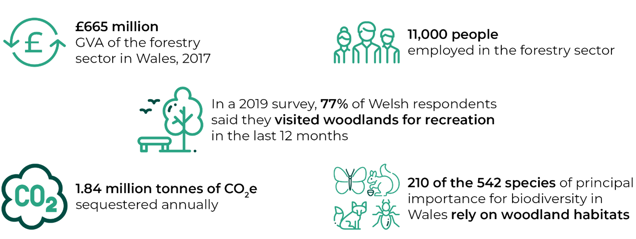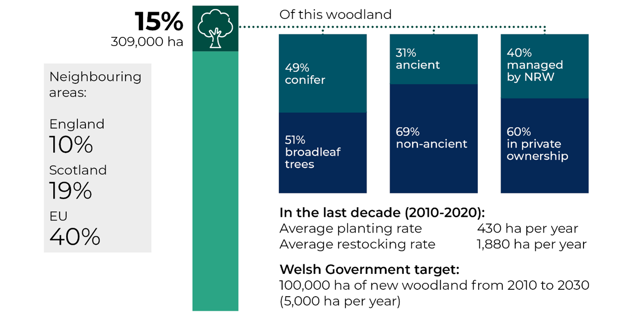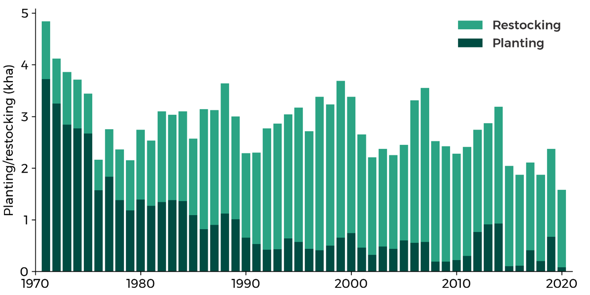This research briefing examines the current state of Welsh woodlands, who owns and manages them and how they are changing. It provides an overview of the ecosystem services that woodlands provide and sets out their potential economic, social and environmental value. It concludes by outlining the Welsh Government’s funding of woodlands and its policies aimed at guiding the future of forestry and woodlands in Wales.



Article by Thomas Mitcham and Aoife Mahon, Senedd Research, Welsh Parliament
Senedd Research acknowledges the parliamentary fellowship provided to Thomas Mitcham by the Natural Environment Research Council, which enabled this Research Briefing to be completed.






